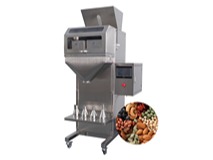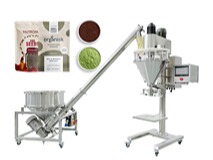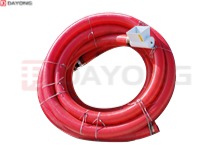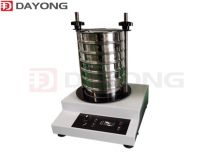TD Type Bucket Elevator
2021-10-18 17:52:56
The TD bucket elevator is composed of a running part (hopper and traction belt), an upper section with a driving roller, a middle casing, a driving device, a backstop brake device, etc. The TD bucket elevator is suitable for conveying upwardly the non-abrasive and semi-abrasive bulk materials with a loose density of p<1.5t/m³ powder, granular and small blocks, such as coal, sand, coke dust, cement, etc. Crushed ore, etc.
There are two types of transmission devices, respectively equipped with YZ type reducer and ZQ (or YY) type reducer. The YZ shaft reducer is directly installed on the spindle head, eliminating the need for the hoist transmission platform, coupling, etc., making it compact and light in weight, and there is a special-shaped roller backstop inside the hoist. The reducer has low noise, stable operation, and floats with the main shaft, which can remove installation stress.
1. The driving power is small. Adopting inflow feeding, induction discharging, and intensive layout of large-capacity hoppers, there is almost no material return and digging phenomenon during material lifting, so there is less ineffective power.
2. Wide range of improvement. This type of hoist has less requirements on the types and characteristics of materials. It can not only upgrade general powdery and small granular materials, but also upgrade materials with greater abrasiveness, with good airtightness and less environmental pollution.
3. Operational safety. Reasonable design principles and processing methods, the reliability of the whole machine operation, and the trouble-free time exceeds 20,000 hours. The lifting degree is high, and the hoist runs smoothly, so it can reach a higher lifting height.
4. Long service life. The feeding of the hoist adopts the inflow type, no need to use bucket to dig the material, and there is little squeezing and collision between the materials. In the design, it is considered that the material is rarely scattered during feeding and unloading, which reduces mechanical wear.





 (Live chat)
(Live chat)



_213x160.jpg)

 +86-373-3669005
+86-373-3669005 sale@dyvibratingscreen.com
sale@dyvibratingscreen.com +86-373-3669006
+86-373-3669006 From West Room 5, 1st Floor, Building 18, Huilong Yangguang Mingyuan, New District, Xinxiang, Henan, China (Mainland).
From West Room 5, 1st Floor, Building 18, Huilong Yangguang Mingyuan, New District, Xinxiang, Henan, China (Mainland). Your Position:
Your Position:


